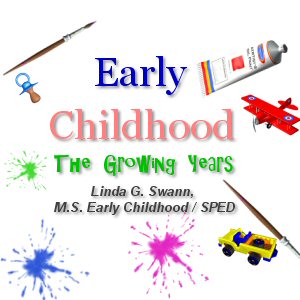Toys for Christmas
 With stores beckoning us to begin Christmas shopping, it is time to consider toys for those special children on our list. When making your selections, safety should always be a consideration, as well as age appropriateness. The following list is certainly not all inclusive, but rather a sampling of toys that will entertain and educate.
With stores beckoning us to begin Christmas shopping, it is time to consider toys for those special children on our list. When making your selections, safety should always be a consideration, as well as age appropriateness. The following list is certainly not all inclusive, but rather a sampling of toys that will entertain and educate.
Birth to 6 months: Infants learn about the world through their senses; sight, sound, smell, texture and taste. They bat at objects with their hands, and grasp, bang and drop their toys. Look for toys that are safe and cannot be swallowed when put in the mouth. Toys should satisfy the child’s need for sensory stimulation. Toys bright in color that produce a sound when manipulated, are great choices with an added benefit of teaching cause and effect. Choose toys with different textures and toys that provide an array of different smells.
6 to 12 months: They are beginning to crawl, using large-muscle skills. They love jumping and grasping objects. Tasting, chewing and/or sucking on toys becomes a means of exploring and learning, as well as teething. Stacking, sorting and nesting toys, blocks, measuring cups, and pots and pans are great learning tools for this age. Dolls and stuffed animals should be washable, with bright, embroidered features. Unbreakable toys are important, as well as bright colors. Balls with textured surfaces are great for sensory play.
1 to 2 years: Toddlers enjoy crawling inside boxes, using their imagination as they play. They are able to pick things up with thumb and forefinger, so can handle smaller objects; balls, dolls, and plastic figures (not small enough to be swallowed, as they are still mouthers). Push toys allows for practice in walking. Toys with large wheels, shape sorters, non-glass mirrors, take apart toys with large pieces, cloth or stiff, pasteboard books and large climbing toys are good choices.
2 to 3 years: This age learns with their hands, as eye-hand coordination is better. Blocks to build towns and towers, simple puzzles, large beads, pegboards and lotto games help develop skills used in reading, writing, drawing and painting. They are beginning to mimic adult behavior (play house, teacher and fireman), so dress up clothes, hats, bags and shoes are good choices. Books with repetition, good pictures and clear simple stories, musical instruments, blocks with numbers and letters and toys to identify color, size and shape will aid in skills needed later in school. Riding toys, wagons, steps, latters and large bat and ball to develop large muscle skills.
4 to 5 years: A good time to work on small muscle skills with beads, scissors, lacing cards, modeling clay, paints, stencils and activity books. Action figures, kitchen sets, paper dolls, hand and finger puppets encourage creativity. Small bicycles with training wheels, play tents, trains (non-electric), construction sets (with large easily to connect pieces), simple card and board games offer an array of choices for this group.
5 to 7 years: This age child enjoys group activities and will like games that can be played in groups. Simple principles of science such as magnets and magnifiers are appropriate as well as hobby starter sets. Jigsaw puzzles (50 to 100 pieces), books, tool sets, bicycles, musical toys and art supplies are always good choices.
8 to adolescence: Group play and understanding of rules lends itself to more complex board games, using math concepts and problem-solving skills. Arts and crafts such as making jewelry, stenciled or painted T-shirts, model kits, magic and science toys offer opportunities to explore creativity. Sports equipment like bikes, balls, bats, rackets, jump ropes, skates, skateboards, helmets, knee and elbow guards are always winners.









